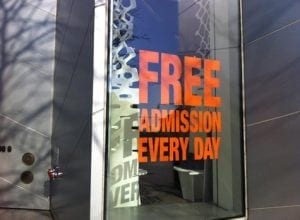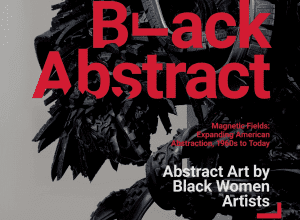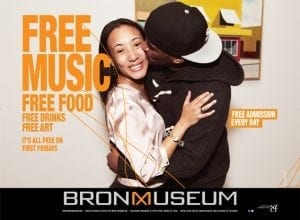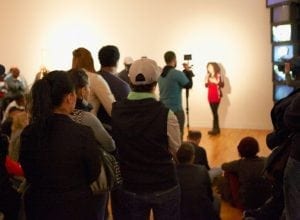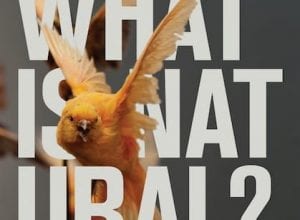The Experiential Museum
Peabody Essex Museum
Earlier this month, my friends and I found ourselves near Salem, Massachusetts and so went to spend the afternoon there. We first headed to the witch museum (when in Salem) but decided at the last minute to walk over to the Peabody Essex Museum instead. This was at the suggestion of my friend who’s a Boston native. I went along but was feeling unsure about going to this Peabody Essex place over the campy witch museum, which sounded like it might be a better choice given the surroundings and the Halloween-y time of year.
Not being familiar with New England and associating the Salem brand solely with the notorious witch trials, black cats, and the like, I was surprised by the impressive and modern-looking art museum that greeted us on arrival. It turns out that Peabody Essex Museum is the oldest continuously operating museum in the United States and one of its larger art museums.
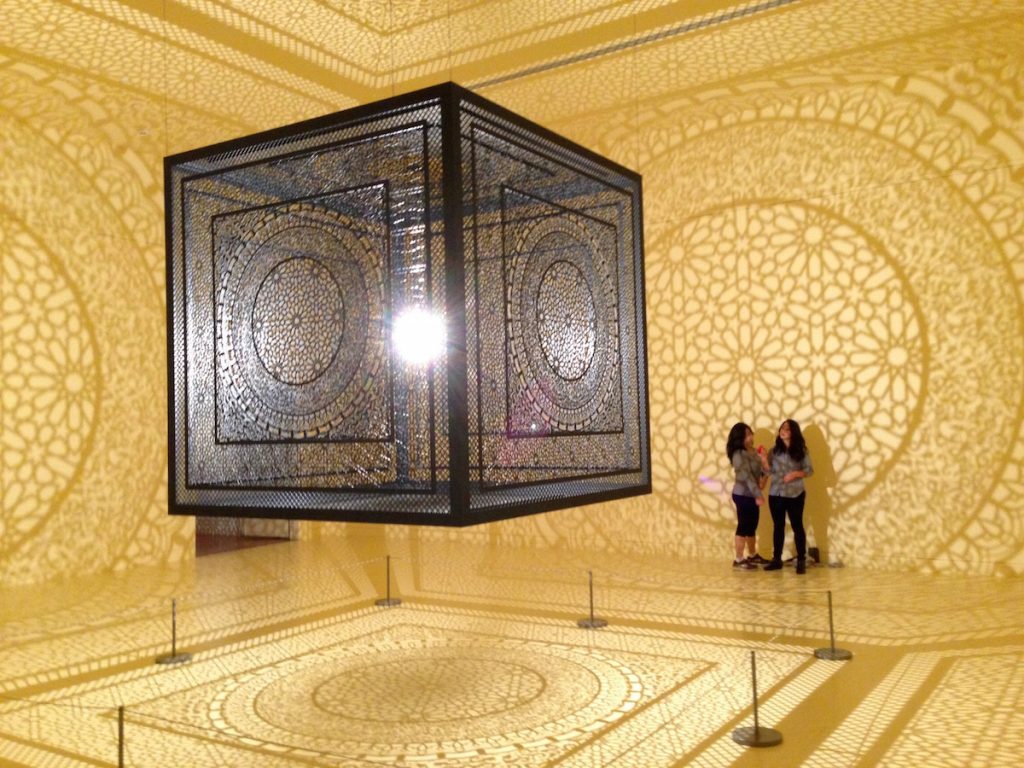 Intersections: Anila Quayyum Agha at Peabody Essex Museum
Intersections: Anila Quayyum Agha at Peabody Essex Museum
Faced with this formidable art museum, I adjusted my expectations and tried to gauge how many artworks I could absorb before my brain would begin to tire and shut down from taking in all the enriching, educational, and meaningful content. I tagged along with my companions to the Childe Hassam and the Isles of Shoals exhibition having no idea who this guy was and mentally preparing to look at quaint paintings and read as many of the plaques as possible so that I would emerge having learned something.
The first painting I saw was one of Hassam’s sunset paintings. It seemed as though the sun was really setting on me and I could feel my skin tingle from the warmth and glow of the paint. Staring at the painting, I found myself gradually being absorbed into the room. Schumann’s Kinderszenen floated over the speakers, highlighting the American Impressionist’s paintings; in that moment, I was even mistakenly led to believe the music too was Impressionist until I recalled the Romantic-era harmony that accompanies the melody from my childhood playing piano. Other areas in the exhibition had sea sounds to match the Isles of Shoals images and there were a photographer’s images of the same isles that Hassam had painted.
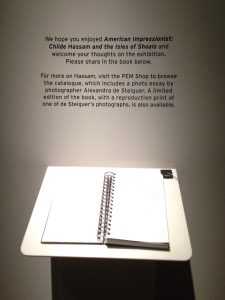 Rocking chairs were situated in the galleries so that people could sit and gaze out a window to the shore, via a projected video. And there was a station where people could write on Hassam postcards and drop these off to be mailed out by the museum. The Boston Globe writes condescendingly of the exhibition: “Against all this infantilizing prattle — which has more or less become the norm at the Peabody Essex Museum — the paintings hold their own.“ But I welcomed the multimedia features and found them to augment the experience of the paintings. They served to draw me out of my digitally inundated daily life and immerse me in a zone where I could relax and appreciate the artwork without feeling like I was not doing enough or didn’t know enough to fully appreciate the experience.
Rocking chairs were situated in the galleries so that people could sit and gaze out a window to the shore, via a projected video. And there was a station where people could write on Hassam postcards and drop these off to be mailed out by the museum. The Boston Globe writes condescendingly of the exhibition: “Against all this infantilizing prattle — which has more or less become the norm at the Peabody Essex Museum — the paintings hold their own.“ But I welcomed the multimedia features and found them to augment the experience of the paintings. They served to draw me out of my digitally inundated daily life and immerse me in a zone where I could relax and appreciate the artwork without feeling like I was not doing enough or didn’t know enough to fully appreciate the experience.
Experience vs. object
Though I may be much more familiar with Impressionism in music than in painting, I wouldn’t call myself a total philistine when it comes to the visual arts. Still, when I read that the experience I so enjoyed was mere “infantilizing prattle” from an authoritative source such as the Boston Globe, I felt myself shrinking a bit and wondering if I had had the wrong experience. Was I so uncultured that I could only enjoy a watered-down version of a museum, an institution recalibrated for popular consumption?
In music, where I have formal training, we typically appreciate the experience of sounds produced from reading the score over the physical score itself. Conversely it seems, when looking at artworks, we are typically expected to value the object over the experience that it may invoke. This makes sense, of course, in that the artistry and talent in music is evident in the sounds you produce, whether through performance or composition, and the artistry of painting is in the brush strokes or artistic techniques enshrined on the wall.
Why shouldn’t the score be equally valued as a thing of beauty or the experience of looking at art appreciated as much as we appreciate the sound of music?
But does this really make sense? Why shouldn’t the score be equally valued as a thing of beauty or the experience of looking at art appreciated as much as we appreciate the sound of music? To be sure, the artificial boundaries between music and art have been blurred with institutions like MoMA exhibiting the score for 4’33” by John Cage. Visually compelling graphic scores and all manner of performance art also abound.
Experiential museum
The way I see it, the Peabody Essex Museum was being inclusive and kindly embracing me, knowing that doing so might insult the rarified intelligence of the likes of art critics. The subtext from the Boston Globe article, though, could be interpreted as the Peabody Essex Museum attending to my needs as someone who has not studied fine art somehow being an insult to the art and to the kind of person who truly appreciates art. My emotional experience is then just a misguided result of the museum’s pandering.
“Ironically, those institutions that today are most reluctant to call themselves ‘experiential museums’ are the very ones that purport to deliver the most profoundly transformative experience of all, namely, that of great art.”
Author Hilde S. Hein writes in her book Public Art in a chapter titled The Experiential Museum: “Ironically, those institutions that today are most reluctant to call themselves ‘experiential museums’ are the very ones that purport to deliver the most profoundly transformative experience of all, namely, that of great art.” She goes on to say that “we learn to evaluate rather than feel in the presence of art” but that despite this, some still walk away inexplicably and absolutely arrested by a piece of art.
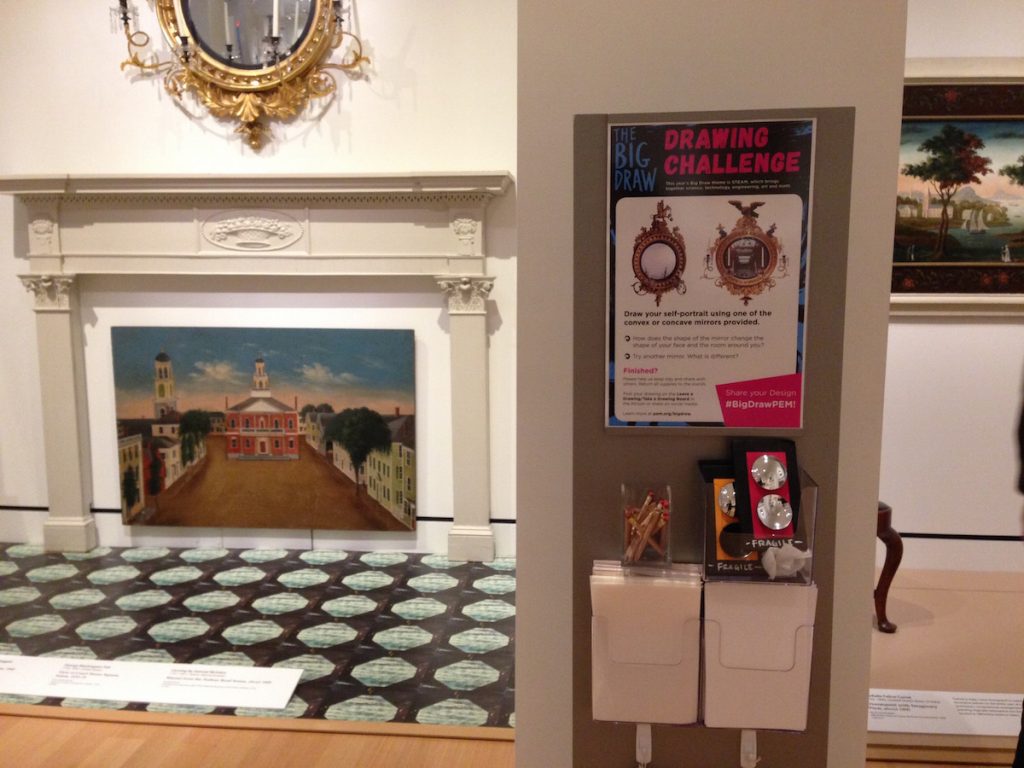
If interactive booths and ambient sounds help engage museum-goers—if it connects them to the artwork—why turn up your nose at that? Okay, I probably do know why—it’s the same reason I was enculturated in the course of my music education to view with disdain smooth jazz and “not avant-garde enough” new (classical) music.
I hope there’s a place for me at the art museum. My friend and I walked out saying we’d become members of Peabody Essex if we were locals.
The Childe Hassam and the Isles of Shoals exhibition closes November 6th so if you are in the area, I highly recommend you make the short drive up from Boston. If you’re lucky, you might even run into and momentarily become a part of a zombie parade upon exiting the museum.
___
Photos by the author

